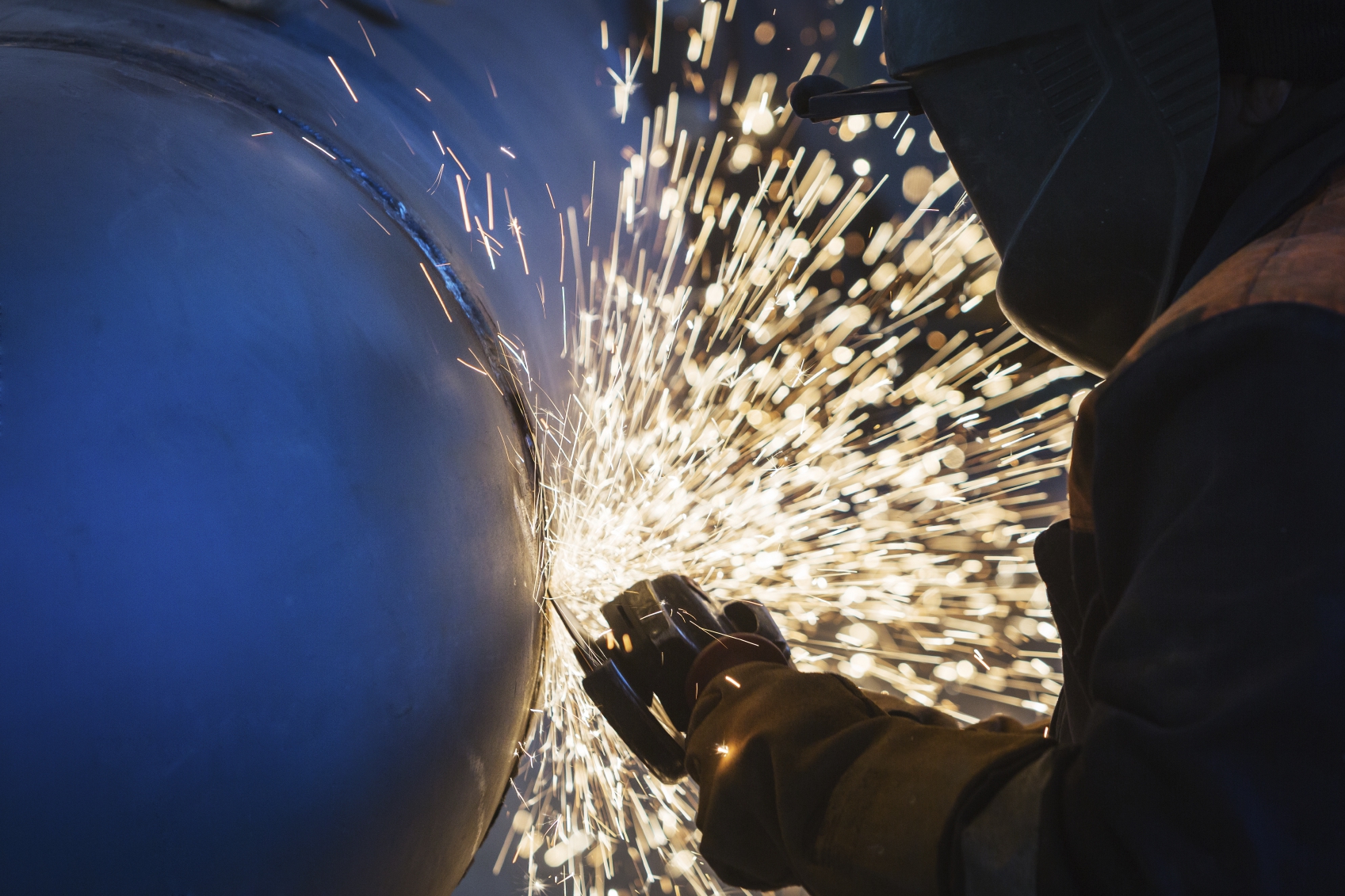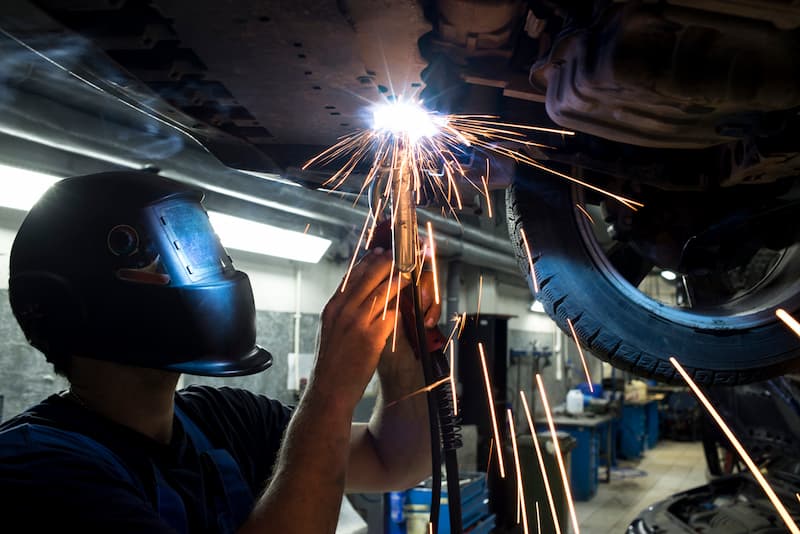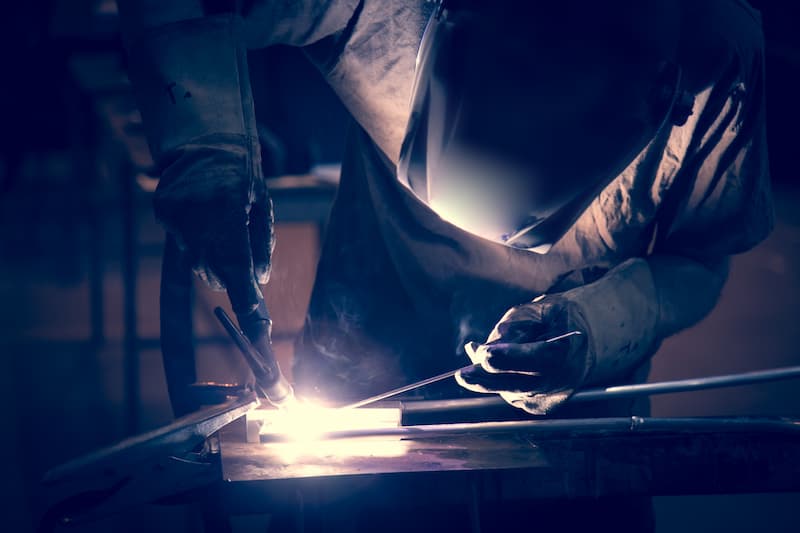 Add My Company
Add My Company
MIG AND TIG WELDING: WHAT’S THE DIFFERENCE?

MIG and TIG are two of the most used welding techniques. However, despite their similar names, they are not interchangeable. They each have several benefits and drawbacks, so you want to know about them in depth before deciding which will be the right fit for the project you have in mind.
As leading bottle gas suppliers, we are exploring the two most popular welding methods to help you decide which option is best for your needs. We will discover how each method is conducted while offering the best uses. So, whether you are welding for a hobby, art project or are just getting started in the field of welding, find out everything you need to know about these two most common welding practices.
MIG Welding
Metal Inert Gas welding, or MIG welding, combines two pieces of metal with a consumable wire connected to an electrode current. This wire electrode passes through the welding gun simultaneously with the inert gas, which protects the electrode from contaminants. When the wire electrode comes into contact with the metal, it creates a weld pool which fuses the metal together.

The inert gas, also known as the shielding gas, is commonly made up of a mixture of argon and carbon dioxide. This gas surrounds the weld to ensure it is fully protected to prevent the molten metal from contamination by dust or atmospheric gases, which may compromise the join.
Uses of MIG Welding
MIG welding can be used with various materials, from mild steel to stainless steel and aluminium. No matter the thickness or thinness of the material, this welding technique will consistently achieve the highest standards in products such as heavy structural plates and metal sheets. However, because of the speed and pressure, this process requires regulation from a MIG welder.
However, due to its speed, it is commonly used within manufacturing, particularly those that utilise automated systems. However, it is the preferred method for many other industries, such as automotive repairs and construction and is known for its versatility. When finding the right amount of MIG welding gas for your project or industry, finding the right amount for your work can be challenging. Luckily, Adams Gas offers a range of gas bottles to suit all requirements. So, whether you are looking for portable gas bottles for jobs on the go or hobby welding gas supplies, we have everything you need.
TIG Welding
Tungsten Inner Gas welding, also known as TIG welding, combines non-consumable tungsten with inert gas to weld two work pieces together. However, one particular thing about this welding process is that tungsten electrodes provide electricity but not filler. The filler can be easily added in some cases, but one part often melts into the other. This is also a semi-automatic process, as a pedal is usually used to control the arc. As a result, TIG welding is a slower technique when compared to MIG welding, although, on the other hand, it is much more versatile as it can be used to weld a broader range of materials.
During welding, the tungsten electrode creates the arc, which transforms the solid workpieces into molten metal to perform a welding pool. This pool is then filled with a filler rod made of the same material as the workpieces. This material allows the metal to join together seamlessly and is the preferred choice for thin materials and critical joins. Unlike MIG welding, TIG welding gas consists of pure argon, and we can offer various sizes to suit the requirements of your profession, from our industrial gas supplies to trade welding gas supplies.
Uses of TIG Welding
As mentioned, TIG welding is ideal for fragile materials such as kitchen sinks and toolboxes. Because with this welding technique, you can have the power down low, so it doesn’t blow through the metal, it is ideal for those projects which require a delicate welding technique. For this reason, this method is the main technique used in aerospace manufacture and repairs, medical equipment and high-end automotive applications. Because of the clean join it creates, this method offers the best option for making aesthetically pleasing welds.

TIG welding is primarily used in non-ferrous metal joining situations and for iron alloys. Besides, tungsten electrodes reduce much of the contamination associated with the welding process. This translates into decreased production of fumes and sparks, potentially making welding clean. On the other hand, this process requires as much precision as possible, so it is not advisable for someone who has just started welding as a hobby but for welders with many years of experience.
Get the Right Welding Gas for Your Needs
At Adams Gas, we are the best UK gas supplier, offering MIG and TIG welding gas for industrial and hobby use. One of the main advantages we offer is the choice of size available. For example, you can purchase a 50L industrial argon gas cylinder that will supply your industrial company’s needs for at least three months. But if you just want the gas cylinder to satisfy your very own welding passion, then a 2L cylinder of argon gas will be perfect for carrying it around and storing it. We also offer a great range of supplies, including MIG welding supplies such as welding wire and regulators and TIG welding supplies like rods and electrodes. Feel free to contact our friendly team with any enquiry; we will be delighted to help!
For more information on MIG AND TIG WELDING: WHAT’S THE DIFFERENCE? talk to Adams Gas

